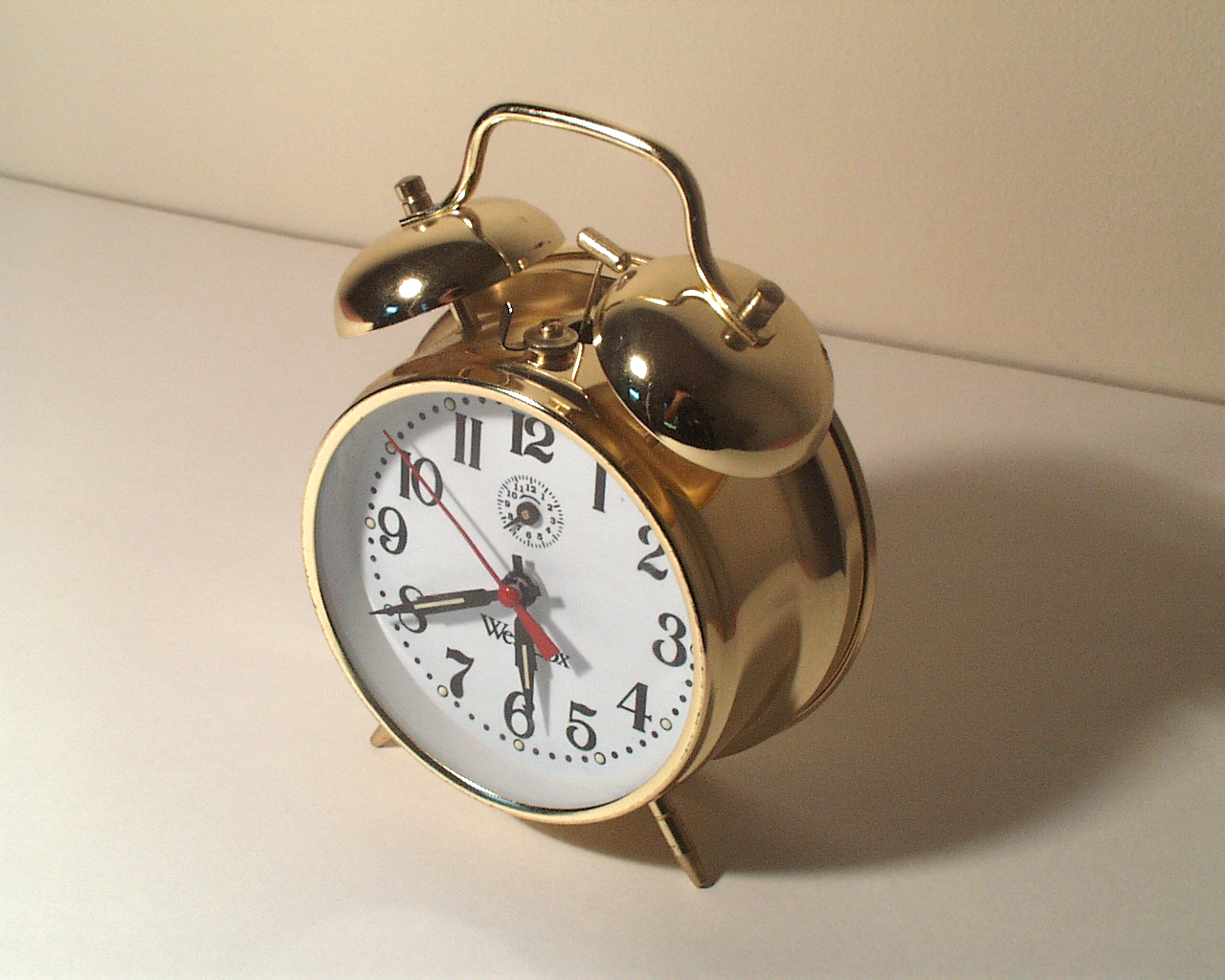
23 Nov When should I take my RMD?
Photo: mconnors/morguefile.comQ. I’ve heard you should wait to take Required Minimum Distributions until the end of the year so your money can keep growing. But what if the market falls? What’s the best way to take RMDs?
— Retired
A. Picking the right strategy for taking your Required Minimum Distributions won’t be the same for everyone, but here’s what you should consider.
The answer, in part, should depend on when you need the money.
“If an individual doesn’t need their IRA RMD to pay annual living expenses, then taking the RMD at year end will allow the money to remain tax deferred for a longer period of time,” said Michael Maye, a certified financial planner and certified public accountant with MJM Financial in Gillette.
He said you should remember that your RMD does not have to be taken as one payment, but can be distributed as multiple payments over the year, such as monthly, quarterly or semi-annually, Maye said.
The RMD amount is based on the prior year’s account balance on Dec. 31, with the divisor coming from the IRS tables for IRAs.
“Since the annual RMD is known in advance, it is easy to establish the instructions for the periodic payments,” Maye said.
So whenever you take the RMD, and no matter what the stock market does, you’ll have to withdraw the same amount.
You can also make preparations within your IRA so you won’t be selling investments at a loss, whenever you take the RMD.
One large benefit to taking your RMD at the beginning of the year is that you won’t miss the deadline for a withdrawal. If you miss the deadline and don’t take it in time, you can get hit with a 50 percent penalty, said Altair Gobo, a certified financial planner with U.S. Financial Services in Fairfield.
“You also won’t need to be concerned with possible market fluctuations,” Gobo said. “If the market goes down, you would have already taken your distribution and protected that portion of your money from a downward move.”
Gobo said waiting until the end of the year can be beneficial if you plan to donate the RMD to charity.
“Over the past several years, people age 70½ and older have been able to make a tax-free transfer of up to $100,000 from their IRA to charity, which counts as their RMD without boosting adjusted gross income,” Gobo said. “Congress typically passes this law at the end of the year, and it hasn’t approved it for 2015 yet.”
Taxes are another issue to consider.
Most custodians, if not all of them, will withhold taxes from the RMD and send them into the IRS or the state for you, said Brian Power, a certified financial planner with Gateway Advisory in Westfield.
But you’re not required to have the custodian withhold the funds,
“If you’re disciplined enough to set aside the estimated tax you’ll owe on the RMD, it really doesn’t matter when you take the RMD,” Power said. “In fact, if you take the RMD early in the year and not withhold taxes, and assuming you don’t need the RMD to live on, you can take the entire RMD and reinvest it in the exact investments you were invested in inside the IRA.”
He said the risk with that strategy is that if the investments lose value, you will need to get money from somewhere else to make up for the tax portion of the withdrawal.
Power said It may make sense to keep the tax portion of the withdrawal in an investment that will not fluctuate.
Email your questions to .
This story was first posted in December 2015.
NJMoneyHelp.com presents certain general financial planning principles and advice, but should never be viewed as a substitute for obtaining advice from a personal professional advisor who understands your unique individual circumstances.
